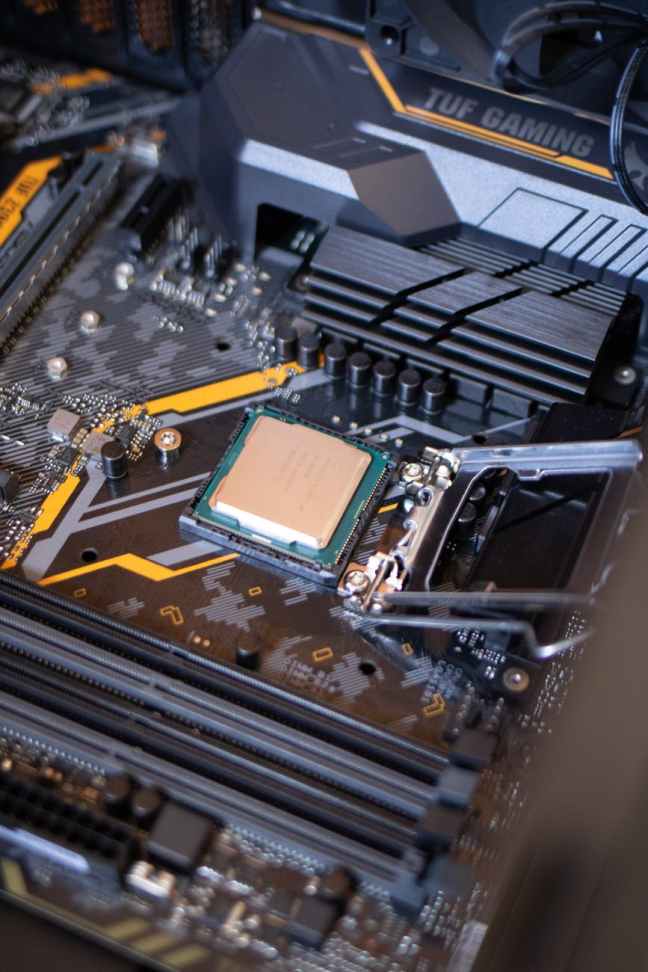Excess heat is generated by all electronic devices and circuitry. Heat generated in electronic devices must be dissipated to the surroundings in order to avoid thermal-induced damage.
A team of researchers from the University of Illinois at Urbana-Champaign (UIUC) and the University of California, Berkeley (UC Berkeley) has developed a new cooling method that offers a significant increase in device power per unit volume over conventional approaches.
Tarek Gebrael, a UIUC Ph.D. student in mechanical engineering, explains that existing solutions have three flaws: they are expensive and difficult to scale up. Second, traditional heat spreading approaches generally necessitate mounting the heat spreader and a heat sink on top of the electronics device. Unfortunately, in many cases, the majority of the heat is generated beneath the electronic devices, which means that the cooling mechanism is not where it is most needed.

Third, according to Gebrael, heat spreaders cannot be installed directly on the surface of the electronics. To ensure good contact, a layer of “thermal interface material” must be sandwiched between them. That middle layer, however, has a negative impact on thermal performance due to its poor heat transfer characteristics.
Researchers have now developed a new solution to all three of these issues. To begin, they used copper as a primary material because it is relatively inexpensive. They then created a copper coating that “engulfs” the device, “covering the top, bottom, and sides… a conformal coating that covers all the exposed surfaces,” according to Gebrael, ensuring that no heat-producing regions are overlooked. Finally, the new solution does not require a thermal interface material or a heat sink.

“In our study, we compared our coatings to standard heat sinking methods. What we showed is that you can get very similar thermal performance, or even better performance, with the coatings compared to the heat sinks.”
Tarek Gebrael, a UIUC Ph.D. student in mechanical engineering
Nevertheless, a device using the new solution is dramatically smaller than one using heat sinks, which are bulky. “And this translates to much higher power per unit volume. We were able to demonstrate a 740% increase in the power per unit volume.”
In the real world, this makes a huge difference. Researchers are still looking into the coatings’ dependability and durability, which are important for industry acceptance. The coatings can be used in both air and water, with the latter being required for “immersion cooling” applications.


